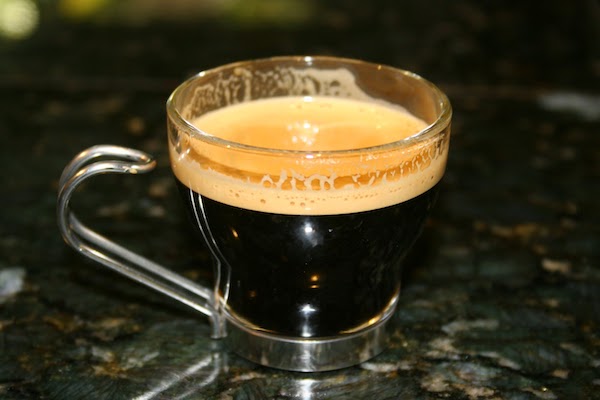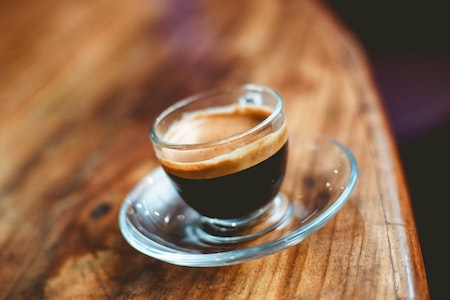Contents
I tried making an espresso recently, but it only produced a thin line of coffee crema. Well, maybe I messed up with any of the brewing steps or maybe not.
Laura is a professional barista, and she’s been on the coffee makers for quite a long time. I met her the same week of my espresso testing, for solving out the mystery of the coffee creme and to know everything and anything about it. Hope you find it interesting and helpful!
What is Espresso Crema
Some of the notable coffee experts like James Hoffman has claimed crema as a non-sense thing.
Now, that can start a whole new debate! Crema or creme is a personal preference. Some people like it, and some don’t. Then, why is so much fuss about this espresso foam?

Dating back to 1884 when the first espresso coffee machine was discovered, more importance was given to the espresso quality. Slowly, when the sales started hitting high with increased user demands, Angelo Moriondo, the inventor of the espresso machine started working on producing quick espresso drinks.
Then, decades later in Italy, espresso consumption increased with urbanization, and slowly coffee making turned into more of an artwork. This is when, the Crema became popular – so it’s basically an element which was used for better representation.
- Check out the best espresso machines on the market.
What Is Perfect Crema?
Crema is a thin or thick layer of tan-colored foam which you may have seen on the top of the espresso shots at a cafe.
Now, if I define it in a technical way – “during the espresso preparation, when hot water is forced on the coffee grounds with high pressure, this emulsifies the coffee bean oils or the fat content in the beans. This leaves a suspension of tiny microbubbles of air. In addition to this, the freshly ground beans will also leave out CO₂ during the extraction. All this combined together gives you the crema, the light-brown foam.”
Coming to the definition of Perfect Crema, it will keep on changing from one barista to another.
According to Laura, your espresso shouldn’t have more crema (less espresso) or even less crema. It should not be too thick or even too thin. If the crema disappears in less than a minute, then it means either the extraction was too quick or the coffee roast was too light.
To create a Perfect Crema, it’s important that you know the extraction time required for the coffee beans you are using. Along with that, provide enough time for the machine to warm up before pulling the shot, and clean the coffee maker regularly.
Factors That Affect an Espresso Crema
For the home barista people, in case you are looking ways to create the best espresso creme, then the following tips will surely help you out.
- Freshness of the Coffee Roast
Espresso made with the freshly roasted beans will produce more crema, compared to the drink prepared with a week or months old coffee ground.
- Darkness of the Coffee Beans
Usually, when we consider the darkness and creme consistency – the darker the beans indicates to lesser crema. Again, the lighter roast doesn’t either guarantee you the ideal crema. Because of this reason, it’s better to go with the espresso roasts provided by the espresso companies, packed with the right amount of oils for the perfect crema.
- Processing of the Beans
The naturally-processed beans will produce the highest amount of crema, as it retains most of the oils in it.
- Type of the Espresso Machine
If you have an automatic espresso machine, then it may generate less crema compared to the manual-pull espresso makers. I know the former one sounds convenient, but it does have the limitation of generating crema.
Here are some of the best Manual Espresso Machines on the market:
Here’s a video by the SciFri channel, where they have explained what is crema in a fun, animated style. Do check it out!

